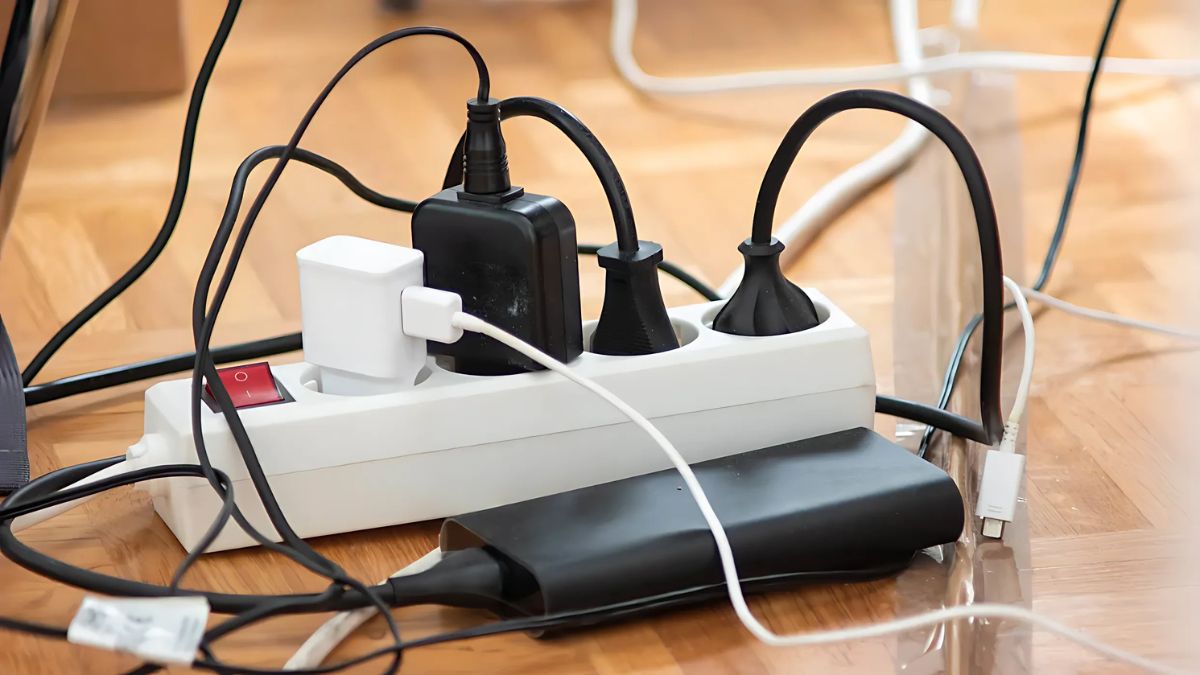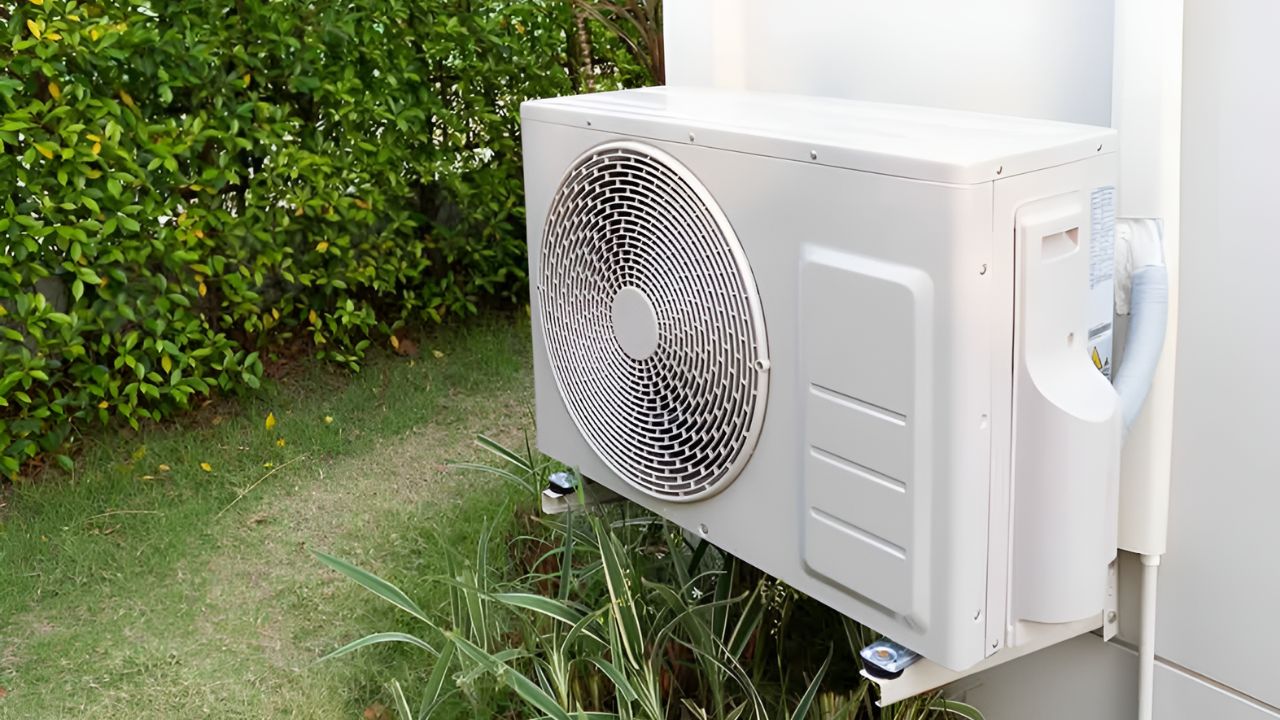The Philippines has put a hold on its planned multi-billion-dollar purchase of F-16 fighter jets from the United States due to funding issues, according to the country’s top diplomat in Washington. This move temporarily stalls a deal aimed at strengthening the Philippines’ air defense as tensions continue to rise in the South China Sea.
Delay
Philippine Ambassador to the U.S., Jose Manuel Romualdez, confirmed the hold on Tuesday, September 9, stating that the decision was primarily due to a lack of available funding.
“The last I heard, it’s been on hold, mainly because of funding,” Romualdez told reporters, as quoted by the Philippine News Agency. “We’re still in discussion, but at the end of the day it all boils down to the money—the availability of the funds.”
He added that the country’s Department of National Defense is now focusing on other priorities, and purchasing such “big-ticket items” has taken a backseat—for now.
Deal
The original plan involved the purchase of 20 F-16 jets—16 F-16 C Block 70/72 and 4 F-16 D Block 70/72 aircraft—along with associated equipment, training, and logistical support. The total cost of the proposed deal was estimated at $5.58 billion.
The U.S. State Department approved the sale in April 2025, describing it as a way to support the foreign policy and national security interests of the United States by strengthening the defenses of a key regional ally.
According to the approval notice, the deal aimed to improve the Philippines’ capability to “meet current and future threats” and enhance “interoperability with U.S. forces and other allies.”
Tensions
The Philippines is a crucial U.S. ally in Southeast Asia, especially in light of ongoing territorial disputes in the South China Sea. China claims nearly the entire region, overlapping with claims from the Philippines, Vietnam, Malaysia, Brunei, and Taiwan.
Under President Ferdinand Marcos Jr., the Philippines has pushed back more assertively against Chinese incursions into its waters. Chinese vessels have routinely attempted to block resupply missions to the Sierra Madre outpost at Second Thomas Shoal, often using aggressive tactics like ramming, water cannons, and blockades.
In one of the most serious incidents, a confrontation in June 2024 left several Filipino personnel injured. A temporary agreement between Manila and Beijing later allowed resupply missions—on the condition that no construction materials would be sent to the rusting ship.
Pressure
China’s foreign ministry has repeatedly warned the Philippines against what it describes as “provocative actions” in disputed waters. In August 2025, tensions flared again at Second Thomas Shoal when more than two dozen Chinese coast guard and paramilitary vessels surrounded the area, accusing Philippine boats of acting “unprofessionally.”
Second Thomas Shoal lies roughly 120 nautical miles west of Palawan, well within the Philippines’ exclusive economic zone. China, however, maintains sweeping territorial claims that have been widely rejected by international law.
Politics
On the American side, arms sales to allies have remained a key part of foreign policy under former President Donald Trump, who has frequently touted such deals as part of his “peace through strength” strategy.
Trump recently boasted about arms agreements with Saudi Arabia, Qatar, and the UAE, including a $142 billion deal with the Saudis—the largest U.S. defense sale in history, according to the White House.
The proposed sale to the Philippines was part of this broader push to supply military hardware to regional allies who act as a counterbalance to Chinese military influence.
Future
While the current deal is on pause, the Philippines hasn’t ruled it out entirely. Talks are ongoing, and both Manila and Washington appear open to revisiting the agreement if financial and political conditions allow.
For now, the Philippines is prioritizing other areas of its defense strategy, but given the rising threats in the region, the F-16s may still be on the radar for future acquisition.
FAQs
Why did the Philippines pause the F-16 deal?
Due to lack of available funding for the $5.6B purchase.
How many jets were included in the deal?
20 total jets: 16 F-16 C and 4 F-16 D models.
What is the value of the F-16 deal?
The proposed sale was worth $5.58 billion.
Is the deal with the U.S. cancelled?
No, it’s on hold. Discussions between both sides are ongoing.
Why is the South China Sea a flashpoint?
Overlapping claims and military tensions, especially with China.



















